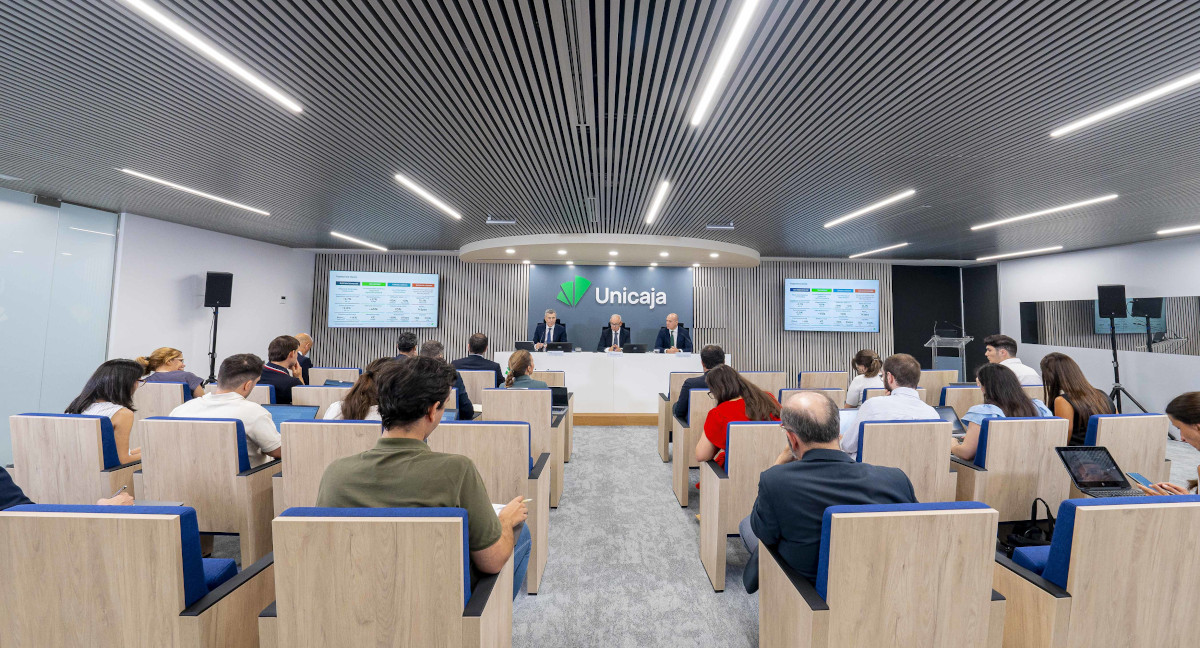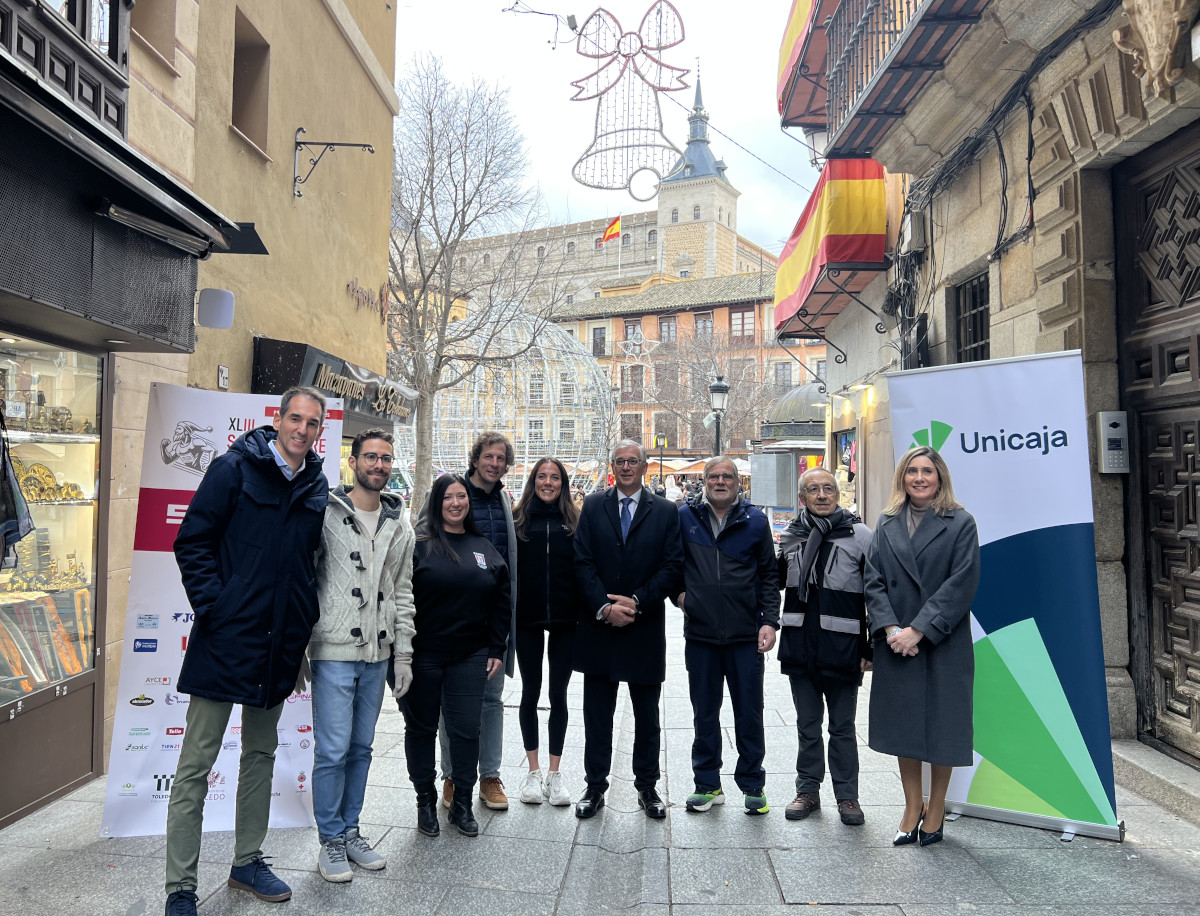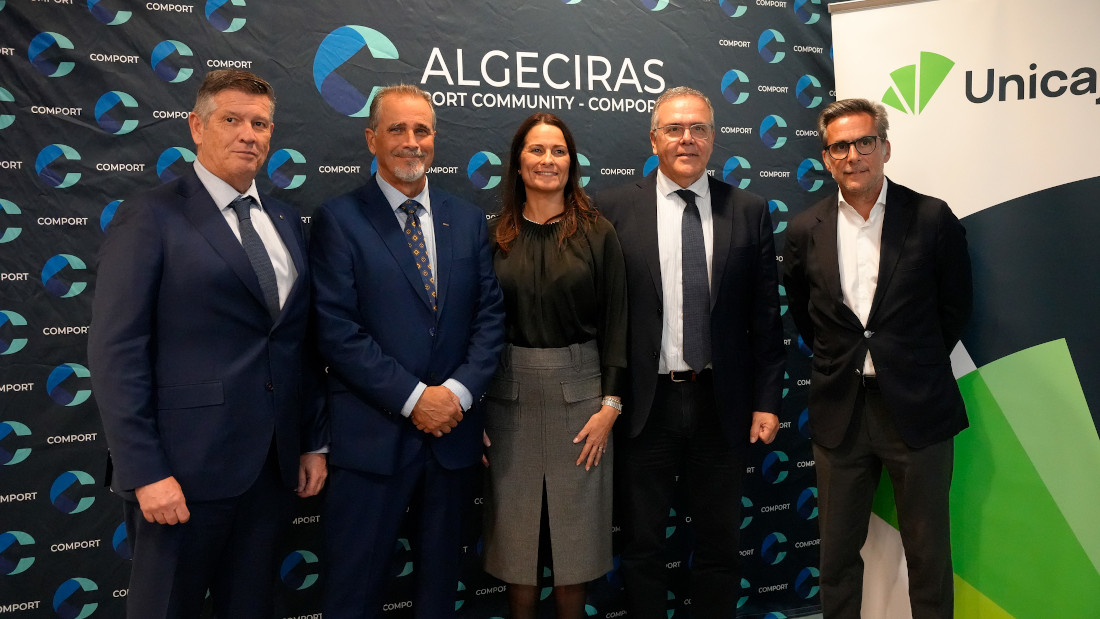In the first half of 2024, Grupo Unicaja recorded a net profit of 294 million euros, compared to 148 million euros in the same period of 2023. All P&L statement margins showed double-digit growth, accompanied by improvements in commercial dynamics.
The result for the period was mainly due to the increase in revenues, with a year-on-year growth of 21%, driven by net interest income, which improved by 25.7%, and the decrease in provisions (30%). Coverage remained among the highest in the sector (69.7% in NPAs, 66.0% in NPLs and 74.6% in foreclosed assets).
Customer spread increased 57 basis points (b.p.) year-on-year to 2.83% and core income increased 27.4% due to the improvement in net interest income and the containment of operating expenses. The cost to income ratio improved 7 p.p. over the last twelve months to 44.6%.
The performing loan portfolio stood at 48,220 million as of June 2024, up 1.5% in the quarter. The balance of performing loans to individuals increased seasonally by 1.9% in the second quarter and by 0.9% over the year, with a balance of 33,321 million, due to the increase in consumer financing. The outstanding balance of the corporate loan portfolio fell by 3% in the quarter, although new loan originations improved by 5%.
In the first half of the year, 4,131 million euros of new loans and credits were granted, of which 1,200 million (29% of the total) were mortgages to individuals (680 million euros in this quarter, after increasing production by 30.9% with respect to the first quarter). The market share in mortgage formalizations amounted to 4.6% of the national total, being higher in several of the most economically dynamic provinces, such as Malaga, Seville and Madrid.
Customer funds, on the other hand, performed favorably. Specifically, retail customer funds increased by 1.7% in the second quarter of the year and by 1.1% in the last twelve months, to 89,598 million euros. Excluding the impact of the more volatile nature of government deposits, the performance of customer funds from other resident sectors improved, with year-on-year growth of 2.5% (1.7% in the second quarter). Off-balance-sheet funds increased by 2% year-on-year to 21,422 million.
The results obtained have been accompanied by an improvement in the quality of the balance sheet. The volume of non-performing assets (NPAs) continued its downward trend, with a year-on-year fall of 30.9%, due to a 36.1% decline in the stock of foreclosed assets and a 26.2% drop in NPLs. More than 55% of the entries in NPLs assets during the year were subjective marking.
The reduction of NPAs has been accompanied by the maintenance of high coverage levels, which are among the highest in the sector, in line with Unicaja's traditional policy of prudence. The coverage ratio of non-performing assets reached 69.7%, that of NPLs, 66%, and that of foreclosed assets, 74.6%. The sharp reduction in the volume of NPAs and the increase in coverage set the year-on-year fall, in terms of net NPAs, at 39.5%. The NPL ratio fell to 2.9% in June, and the cost of risk remained contained at 23 b.p. in the second quarter and 24 b.p. in the first half.
Unicaja maintains high and solid solvency levels (the highest quality capital, CET 1 fully loaded, stood at 15.1%), with an excess of capital over regulatory requirements of 7.4 p.p. in total capital and 6.9 p.p. in CET1. Liquidity levels remain high, with an LTD ratio of 72.8% and LCR of 312%.
Balance sheet
Total funds under management grew by 1.4% year-on-year
Customer funds, including wholesale funds, increased by 1.4% year on year, reaching 100,581 million, characterized by a substantial weight of retail customer funds, which are very stable and highly granular (77% of retail customer funds correspond to individual customers).
Within on-balance-sheet funds, private-sector deposits grew by 2.7% year-on-year (2.3% quarter-on-quarter). Off-balance-sheet funds increased by 2% year-on-year, with mutual funds up 7.1% in the same period, driven by the appreciation of net asset values and positive net subscriptions. The accumulated assets of mutual funds amounted to 12,169 million and those of pension funds to 3,655 million, an increase of 1.2% over the year.
Unicaja's performing loan portfolio maintains a low risk profile.
P&L statement
Net interest income grows by 25.7%
All P&L statement margins showed double-digit growth. Net interest income increased 25.7% year-on-year to 774 million, with a higher contribution from both the retail and wholesale businesses. The commercial or customer spread increased by 57 b.p. year-on-year to 2.83%.
Net fee income amounted to 256 million euros in the first half (126 million euros in the second quarter). This line fell by 5% year-on-year, mainly due to lower income from collections and payments, as a result of increasing customer loyalty to the Fee-Free plans, which include improvements in the exemption of fees for individuals and professionals.
Gross margin reached 1,006 million, a year-on-year increase of 21.1%, as a result of the growth in net interest income. The cost to income ratio stood at 44.6%, a year-on-year improvement of 7 p.p. The ROTE profitability ratio improved by 2.5 percentage points compared to June 2023, to 6.5%.
Pre-provision profit amounted to 558 million euros and net operating income was 436 million euros. Consolidated profit before tax was 432 million euros, with a net income of 294 million euros, 146 million euros higher than in the first half of the previous year.
Solvency and liquidity
CET 1 fully loaded at 15.1% and solid liquidity position
Unicaja maintains high and solid solvency levels[1] . At the end of the second quarter of 2024, it had a common equity tier 1 (CET 1) phase-in of 15.1%, a Tier 1 capital ratio of 17% and a total capital ratio of 20.2%. These ratios comfortably exceed the required levels of 6.9 p.p. for CET 1 and 7.4 p.p. for total capital.
In fully loaded terms, the bank had a CET 1 level of 15.1%, a Tier 1 capital ratio of 17% and a total capital ratio of 20.1%. CET 1 fully loaded increased by 130 b.p. over the last twelve months, thanks to the organic generation of earnings and the reduction in risk-weighted assets.
As a result, the entity has an excess of 1,962 million over regulatory requirements.
On the other hand, the Texas ratio stood at 29.8%, an improvement of 11.1 p.p. over the last year.
The bank maintains a solid liquidity position, reflected in the Loan to Deposit ratio of 72.8%, the short-term liquidity ratio (LCR) of 312% and the stable funding availability ratio (NSFR) of 157%.
Digital business and commercial performance
Boosting the Digital Plan, with more than 70% of active digital clients
The Digital Plan, linked to the 2022-2024 Strategic Plan, continues to be implemented during the second quarter of 2024.
During this period, progress has been made mainly in achieving the milestones planned in the development of the digital platforms for mortgages, consumer and insurance, as well as in the provision of new capabilities to the virtual assistant (NICA), based on Artificial Intelligence, which advances as a direct communication channel with customers, offering contextual support, with an improved experience and greater efficiency in the management of processes.
Non-face-to-face digital transactionality (ATM + digital banking) stands at 82% and the adoption and use of the immediate payment platform (Bizum) continues to rise, with 60.7% of active digital customers registered.
At the end of the second quarter, more than 70% of Unicaja's customers were digital. The contribution of digital channels to the subscription of new consumer loans accounted for 41.4% of the total and 28.4% of subscriptions in mutual funds/delegated portfolio management.
As part of the corporate Innovation strategy, a commercial agreement has been reached with Bit2Me, a leading company in digital asset services for individuals and companies, in order to respond to the innovations that may arise from the forthcoming entry into force of the European regulations MiCA (Market in Crypto Assets), which legislates the issue, custody and sale and purchase of cryptocurrencies; Pilot Regime, which defines the rules applicable to the creation of new financial markets for digitized (tokenized) assets in distributed technologies, the so-called DLT or blockchain, and the future digital euro.
In addition, an AI laboratory has been developed, focused on piloting a conversational banking prototype, aimed at users with difficulties in accessing traditional digital channels (app and web).
Advances in Sustainability
In the area of Sustainability, the following actions were carried out during the period:
- Joining the United Nations Principles of Responsible Banking (PBR).
- Update of the Green Bond Framework, aligned with the ICMA Green Bond Principles.
- Joining the line of guarantees offered by the Ministry of Housing and Urban Agenda, through the Official Credit Institute (ICO), for the acquisition of the first home by young people and families with dependent minors.
- In the area of financial education, the renewal of the agreement with Funcas stands out, which allows reinforcing the promotion of a greater financial literacy in society, and the activities developed by the Edufinet Project (promoted by Unicaja and Fundación Unicaja), which have benefited more than 13,500 people in this semester.
(1) Capital ratios include net income, net of accrued dividends, computability pending approval by the European Central Bank.



